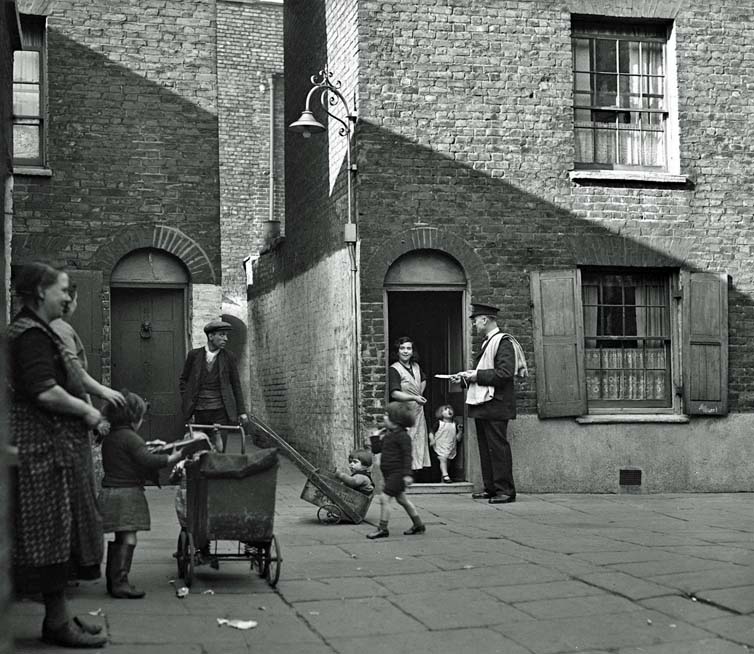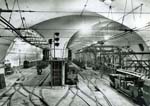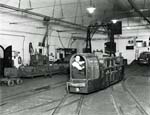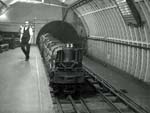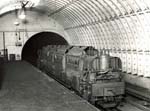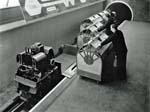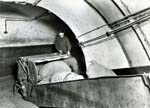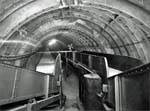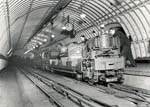 |  HISTORY |
The London Post Office Railway, also known as Mail Rail, was a unique underground railway system that primarily served to transport mail throughout London. Its history is fascinating and spans several decades. Here's an elaboration on its history:
The idea for an underground railway to transport mail in London dates back to the early 20th century. The concept aimed to alleviate the congestion on London's streets caused by mail transportation. The idea gained momentum due to the success of the Chicago Tunnel Company, an underground freight and mail railroad in the United States.
Construction of the London Post Office Railway began in 1915, but it was interrupted by World War I. It wasn't until 1927 that the railway was officially opened. The route was about six and a half miles long, running from the Paddington Head District Sorting Office in the west to the Eastern Head District Sorting Office near Whitechapel in the east.
The railway featured a unique design. The tracks were only 2 feet (610 mm) in gauge, making them smaller than conventional railway tracks. The trains themselves were electrically powered and built to carry mail in specially designed containers. The containers were loaded onto the trains at various sorting offices along the route.
The primary purpose of the London Post Office Railway was to transport mail quickly and efficiently between different sorting offices, bypassing the congested streets of London. This underground route allowed the mail to be transported without being affected by traffic or weather conditions.
As time went on, advancements in mail transportation, and changes in postal operations made the railway less essential. In 2003, the London Post Office Railway was officially closed. However, parts of the railway were preserved and transformed into a museum.
The London Post Office Railway is a testament to the innovative spirit of urban transportation solutions and the important role it played in streamlining the mail delivery process in London. While the full railway system is no longer operational, its legacy lives on through the museum and the stories it tells about London's postal history and technological advancements.

